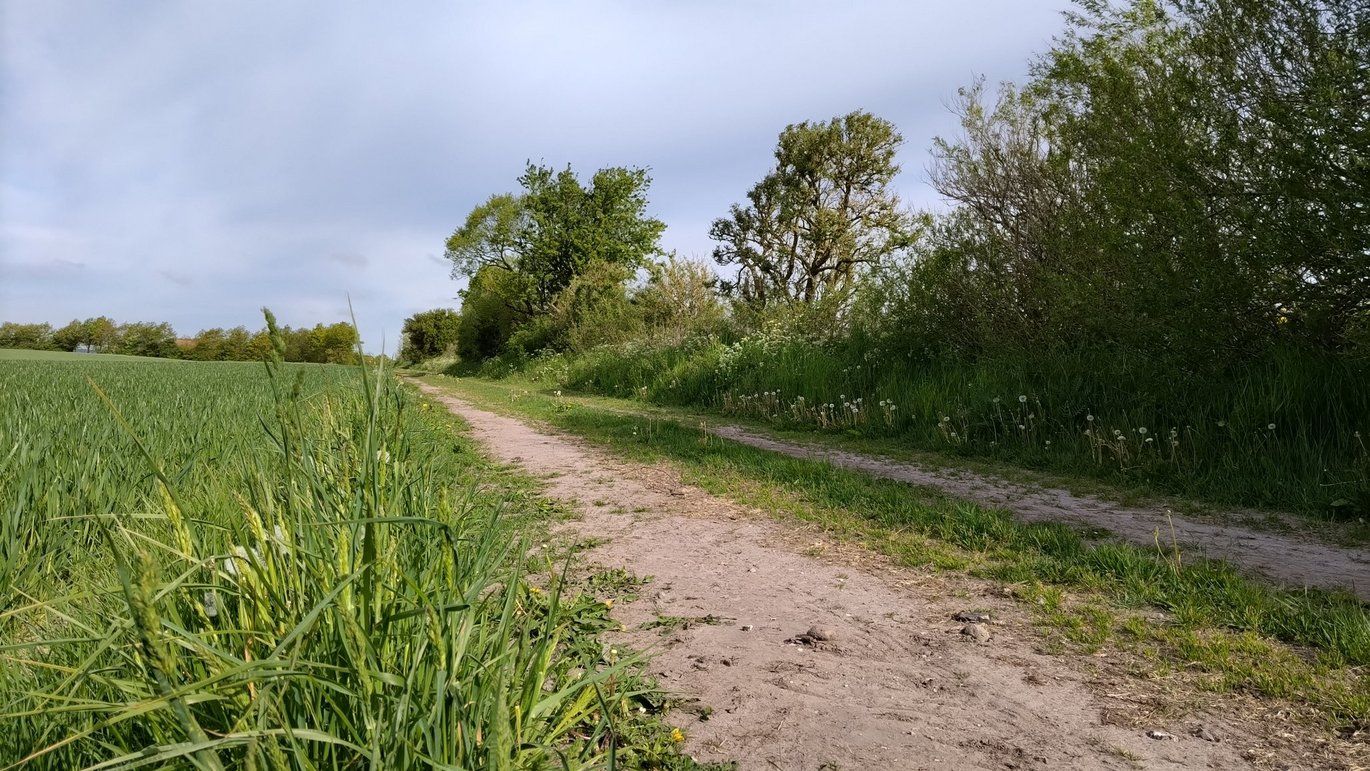Organic farming increases biodiversity, but it takes time
A new study shows that it can take decades to rebuild biodiversity after converting to organic farming.

A new study from Sweden shows that the number of wild plants at the bottom of cereal fields steadily increases over a period of 30 years after converting from conventional to organic farming. This means that biodiversity is slowly and gradually being rebuilt, and it can take decades to reach its full potential.
Organic farming particularly benefits insect-pollinated plants and plants that are vulnerable to herbicides. Plants provide food and habitats for other biodiversity, so the increased diversity of plants can benefit other organisms living in the farmland.
“The Swedish study provides useful knowledge for our project Organic+. In the Organic+ project, we are currently working on predicting the long-term effects of biodiversity-friendly measures on organic farms through computer simulations. The results show that the efforts can increase populations of pollinators such as bees, beneficial insects like spiders and beetles, birds, and field wildlife over a 30-year period,” explains Yoko L. Dupont, project leader for Organic+, and continues:
“The Swedish study of floral diversity and our simulations of insects, birds, and mammals show that organic farming provides a double benefit: both a richer field nature and more of nature’s helpers, which can benefit agricultural operations in the form of pollination and natural pest control. But the change only happens gradually and takes time.”
Read more about the Swedish study in the article from øko.nu
Organic+ is part of the Organic RDD 7 program, coordinated by ICROFS (International Centre for Research in Organic Food Systems). It has received funding from the Green Development and Demonstration Program (GUDP) under the Ministry of Food, Agriculture and Fisheries.
